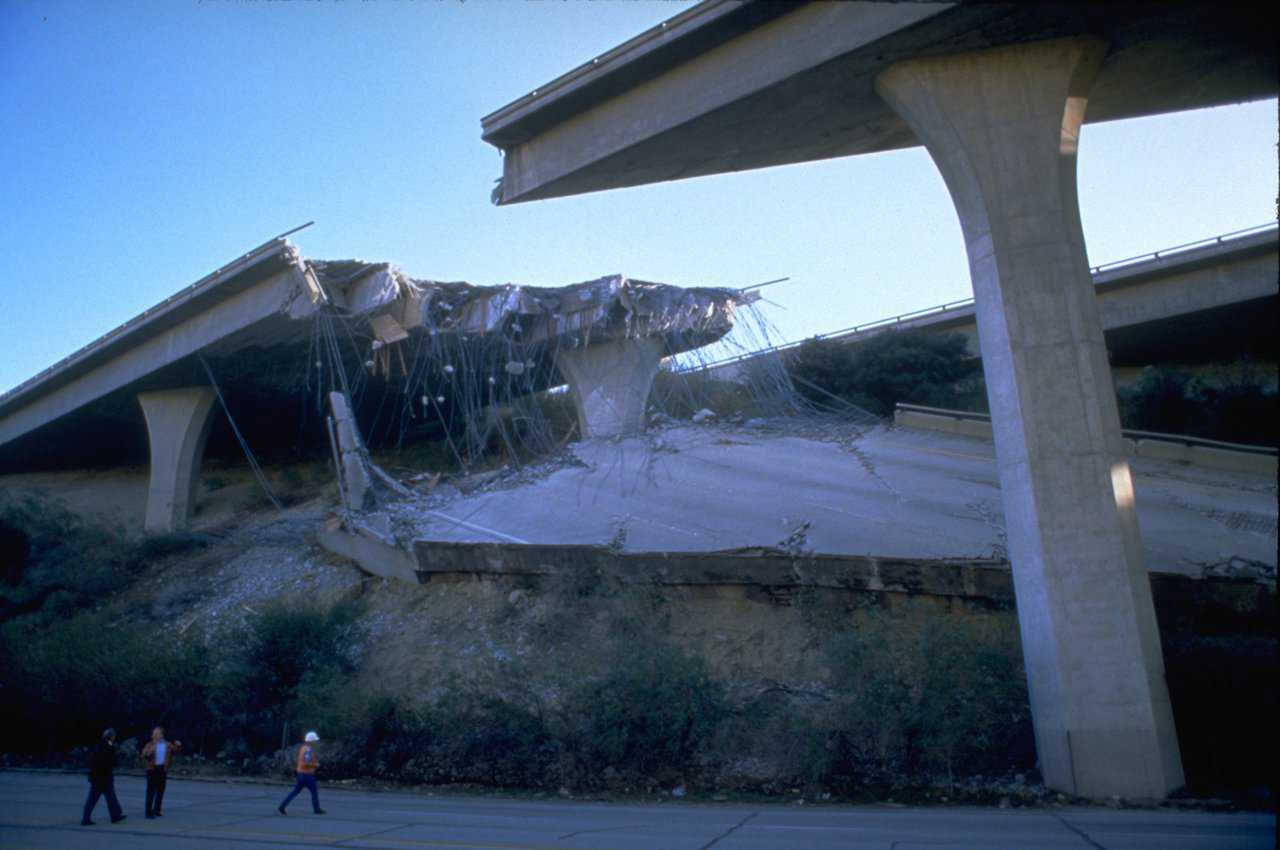
Northridge Earthquake, CA, January 17, 1994. Many roads, including bridges and elevated highways were damaged by the 6.7 magnitude earthquake. Approximately 114,000 residential and commercial structures were damaged and 72 deaths were attributed to the earthquake. Damage costs were estimated at $25 billion. FEMA News Photo (FEMA Photo Library)
Shake Table Test Shows the Dome Shape is Virtually Earthquake-Proof
In April, 2005, at the University of British Columbia in the Department of Civil Engineering’s Earthquake Engineering Research Facility, researchers put the wood frame of a 24 foot-diameter dome to the test on a shake table. The table simulated several earthquake scenarios and even heavily loaded, the dome shape enabled it to withstand the simulations with no damage.
When two blocks of earth slide suddenly past each other, energy is released and radiates outward in waves in all directions, like ripples on a pond. These waves shake the earth as they move through it. We call this an earthquake.
Earthquake waves are complicated, but can be simulated in a laboratory environment, like in the Earthquake Engineering Research Facility mentioned above. This facility is equipped with two main pieces of equipment, the Linear Shake Table and the Multiple Axis Shake Table, which are specifically designed to test the effects of various earthquake scenarios.
According to the Canadian Journal of Civil Engineering, researchers at the University of British Columbia initiated a technical study to investigate the structural performance of the modular wooden dome in earthquake-prone areas and to examine its load resistance to heavy snow. They designed four specific shake-table simulations of actual earthquakes.
“The way we do earthquake testing is to simulate an earthquake as closely as possible. What we are essentially looking for is large movements. Now the weight, of course, is very important because that is what generates the devastating earthquake forces through acceleration,” one of the researchers explains during the testing video.
Earthquakes used in simulations
- Nahanni, Canada and Alaska, 1985 – The 1985 Nahanni Earthquakes were a sequence of earthquakes in the mountains west of Fort Simpson in the Northwest Territories of Canada. Natural Resources Canada reports that a magnitude 6.6 earthquake was recorded on October 5, 1985, and on December 23, 1985, a 6.9 magnitude earthquake struck the area.
- Joshua Tree, CA, 1992 – A magnitude 7.3 earthquake shook Landers, California on June 28, 1992, according to the USGS. One person was killed, two died of heart attacks and more than 400 people were injured. The earthquake was so strong, it was felt in high-rise buildings as far away as Boise, Idaho, Albuquerque, New Mexico and Denver, Colorado.
- Sherman Oaks, CA 1994 – The USGS reports that on January 17, 1994, a 6.7 magnitude earthquake hit Northridge, California. The quake killed 60 people, injured more than 7,000 and left 20,000 people homeless. More than 40,000 buildings were damaged in the surrounding areas.
- Kobe Japan, 1995 – According to the USGS, on January 16, 1995, a 6.9 magnitude earthquake rocked Japan near the south coast of Western Honshu killing 5,502 people and injuring 36,896 more.
Initial Tests
Initially, 5.5 tons of sand bags were loaded on the top of the 24-foot diameter dome before being subjected to the four different earthquake setups. In each case, the dome sustained no damage.
Failure Load Test
After the passing the initial tests, the dome was loaded with an additional 10 tons of sand bags as well as 8.5 tons of steel plates for a total of 24 tons. Still, the dome did not fail.
Watch the shake table test
Official test findings
Mehdi H.K. Kharrazi, Salah Eldeib, and Helmut G.L. Priona published the findings of the shake-table testing in the Canadian Journal of Civil Engineering in a paper titled, Experimental evaluation of an orthotropic, monolithic, modular wooden-dome structural system. They found that their unique dome structural system’s seismic performance was superior to conventional, non-engineered and engineered, wood-frame housing systems.
Dr. Helmut Prion, P.Eng., is an Associate Professor at the University of British Columbia where he teaches Structural Engineering Design courses to Civil Engineering and Wood Science students. Additionally, he is the co-founder of Curved by Design, “a private company based in British Columbia, Canada that has been formed by experienced management who are dedicated to the development and manufacture of innovative curved wood products.” In 2010, Curved by Design was featured in the Tiny House Blog.
Comments from Monolithic’s president, David B. South
“You will see that the Dome is by far the strongest shape when it comes to earthquakes. In 1990, when I asked the University of Nevada to let me put a Monolithic Dome on their earthquake shaker table, the engineer in charge told me it was not worth his time. He said, by definition, the Monolithic has no moment connections. Therefore, he said it was automatically as earthquake proof as a building could be made,” commented David B. South, President of the Monolithic Dome Institute.
Mr. South continued, “Over the last 37 years, we have had several Monolithic Domes go through earthquakes. One was in Taiwan. The earthquake leveled the buildings around the dome. It dumped the stuff off the shelves in the building. No structural damage occurred to the Monolithic Dome in any case.”
Conclusion
Dr. Arnold Wilson, a leading engineer in thin shell concrete construction, has said, “It is easy to see that earthquake forces do not even approach the design strength the Monolithic Dome is built to withstand under normal every day usage. It would take an external force much larger than an earthquake to approach the design strength of the concrete itself.”
Additionally, as shown from the seismic tests done at the University of British Columbia, even if the same materials are used to build the dome as are used in construction of conventionally-shaped buildings—such as wood—the dome shape, itself, is enough to afford drastically increased protection from seismic activity.
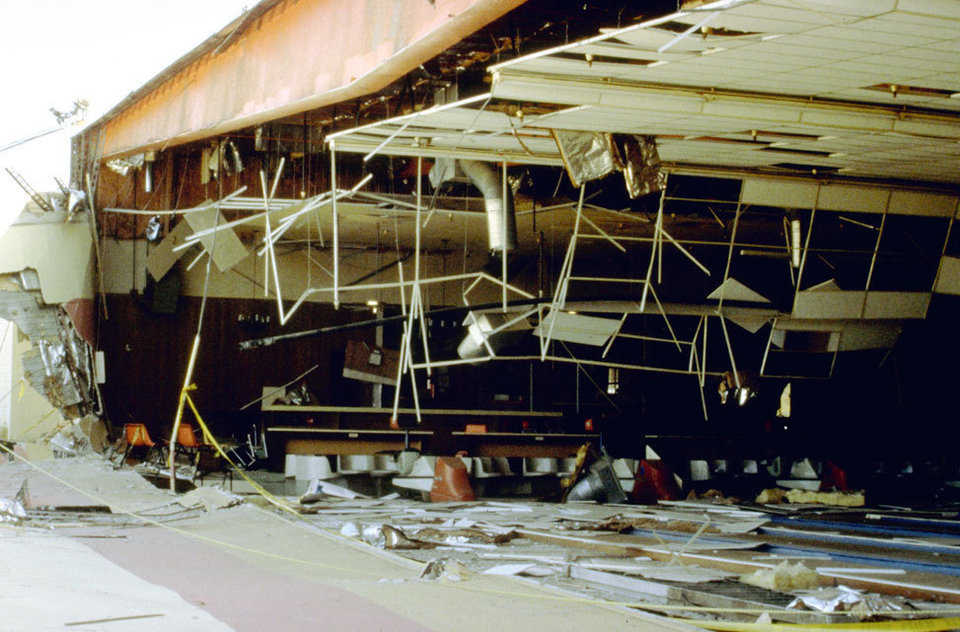
Earthquake damage to a bowling alley in Yucca Valley, Southern California. The damage was done on June 28 during the 1992 Landers earthquake. (NOAA)
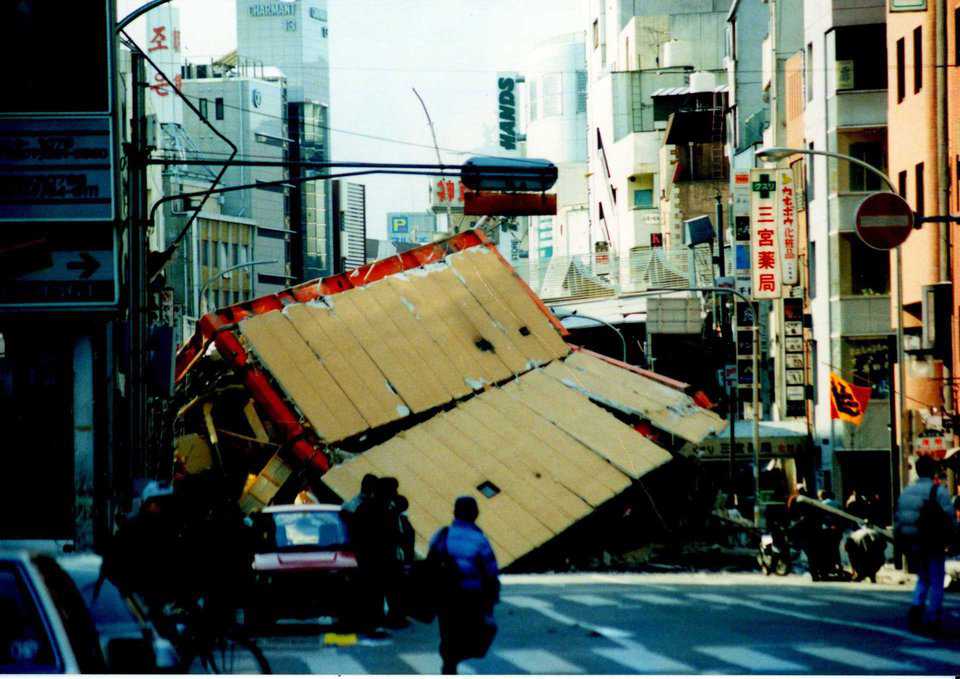
Hanshin -Awaji Earthquake 1995. (Matsuoka AkiraKaoru)
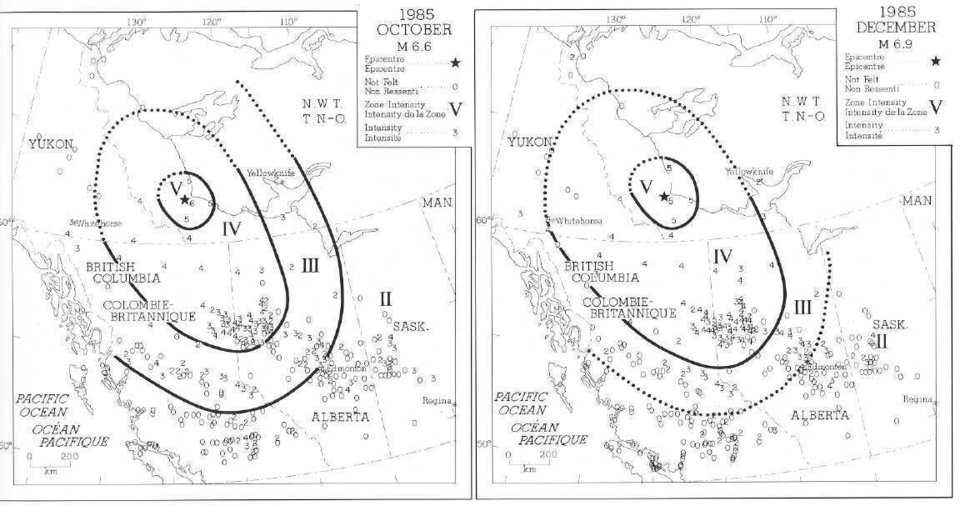
The 1985 Nahanni Earthquakes: Modified Mercalli Intensity Scale Areas where the two main shocks were felt. Strength of ground shaking is rated according to the Modified Mercalli Intensity Scale: I for barely noticeable to XII for complete destruction. (Government of Canada)
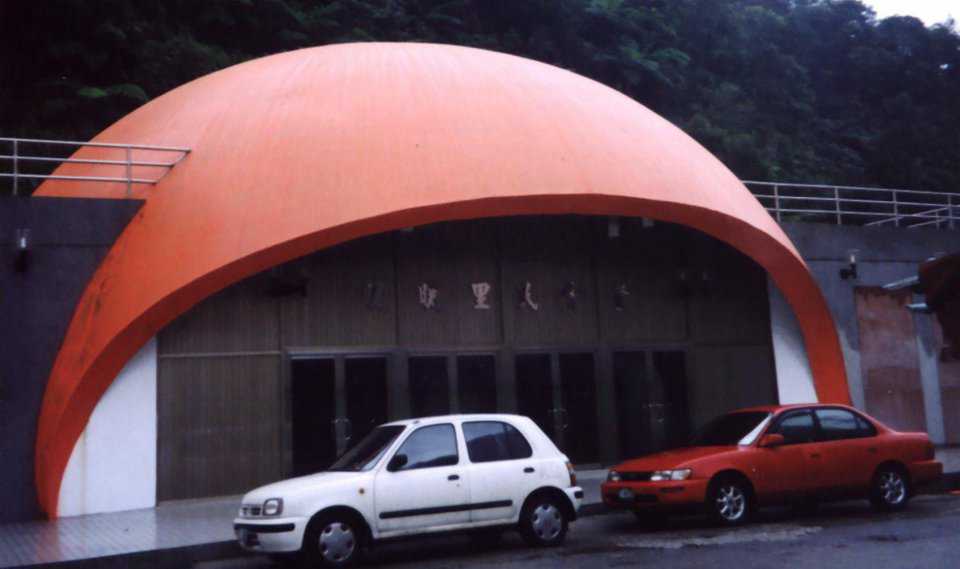
During the 1990s, Charles Lin’s Monolithic Dome survived an earthquake unscathed. (Charles Lin)